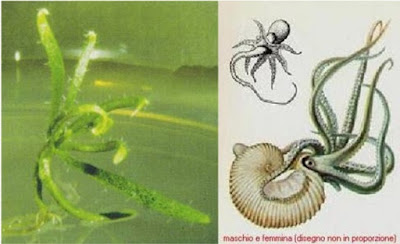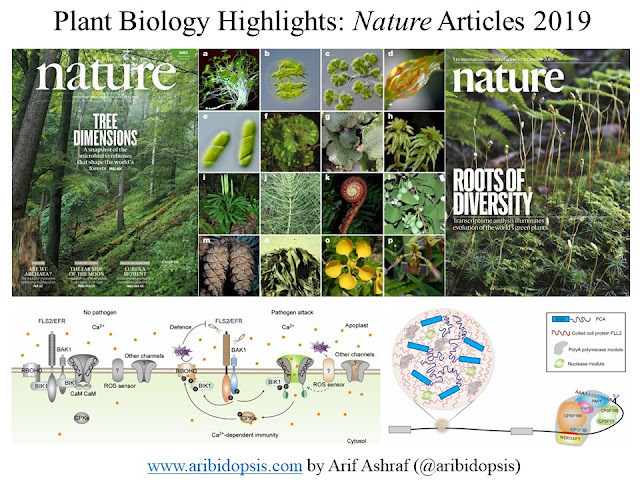Mutant series: Argonaute 1 (AGO1)
ARGONAUTE (AGO) protein family was named first as PAZ proteins. "PAZ" represents p ELEMENT-INDUCED WIMPY TESTS (PIWI) from Drosophila, ARGONAUTE1 (AGO1) and ZWILLE (ZIL) from Arabidopsis thaliana. All these proteins were discovered initially, and they shared a common domain.
Later, it has been found that DICER proteins also contain PAZ domain. To distinguish them from DICER proteins, then it was renamed as PPD (PAZ PIWI DOMAINS) proteins. Because of this renaming, it clearly distinguished between ARGONAUTE and DICER based on the presence of domains. For ARGONAUTE, PIWI domain is unique.
From the functional analysis, it had been shown that few PPD proteins has RNaseH-like activity, cleaves targeted ssRNA (single-stranded RNA). To make an adjustment with the DICER for naming, they named as SLICER. It's a cool name, isn't it? Eric Lander called it "enzymatic king-fu"!
However, problems remained. Not every member of this PPD protein family has RNaseH-like activity. So, this name didn't go well with this group of proteins. Eventually, ARGONAUTE was picked as a name for this group of proteins. This name has nothing to do with the presence or absence of domains. Interestingly, the name ARGONAUTE came from Arabidopsis thaliana mutant phenotype.
"Because of their unusual appearance, which reminded us of a small squid, we named these mutants argonaute."
Karen et al. were interested in identifying the genetic loci involved in cell expansion for higher plants. For that purpose, they were looking for aberrant leaf phenotype from mutated Arabidopsis thaliana seedlings. They identified mutants which had pointed cotyledons and narrow rosette leaf. They named it as ARGONATURE. According to them, "Because of their unusual appearance, which reminded us of a small squid, we named these mutants argonaute."
In the above figure, I put the phenotype of ARGONAUTE mutant phenotype of Arabidopsis thaliana from the first discovered paper (left) and a drawing of octopus Argonauta argo, both male and female, from the 18th century (right) (original source is unavailable). Smaller and larger octopus Argonauta argo represent male and female, respectively.
References:
This "Mutant series" will cover interesting, funny and hilarious mutants of Arabidopsis thaliana. If you like to discover more about any particular mutant with me, don't forget to drop an email: arif dot ashraf dot opu at gmail dot com





Comments
Post a Comment